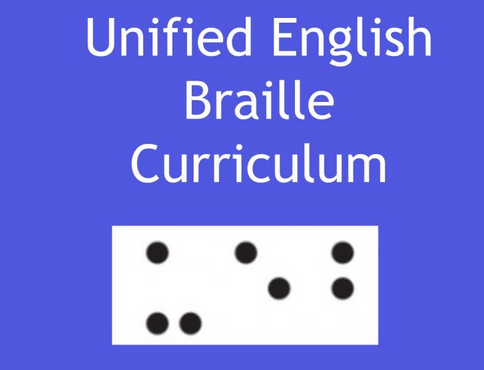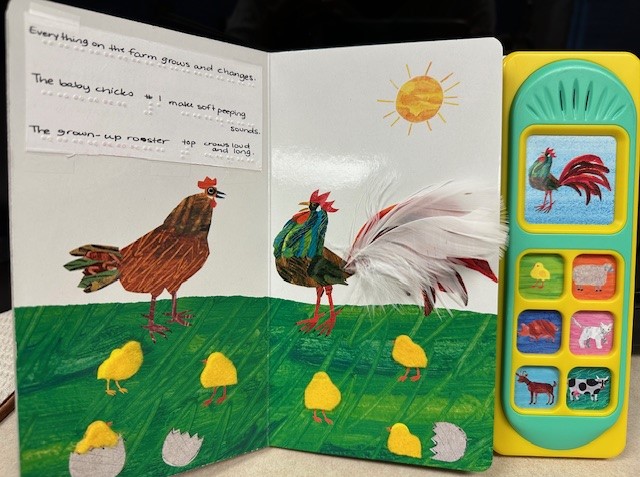Catherine Summ and Suzanne Cappiello, who both work as Education Consultants for the Department of Rehabilitative Services (DORS-BESB) in CT, have created this curriculum.
We wrote these lesson plans because the United States will officially adopt the Unified English Braille (UEB) in January 2016. This change will impact classroom curriculum, leisure reading, textbooks, standardized tests and other forms of literature on a national level. We created these lesson plans in order to provide a curriculum for students and professionals already proficient in the English Braille American Edition (EBAE) code. Our goal was to create lessons that focused on the UEB but included exercises related to literacy and areas of the expanded core curriculum. These lessons may be used with individuals or in a group setting and we designed them so that they could be adapted to meet the needs of each student. We hope you enjoy using them.
UEB Lesson 1: Eliminated EBAE Part Word Contractions No Longer Used in UEB
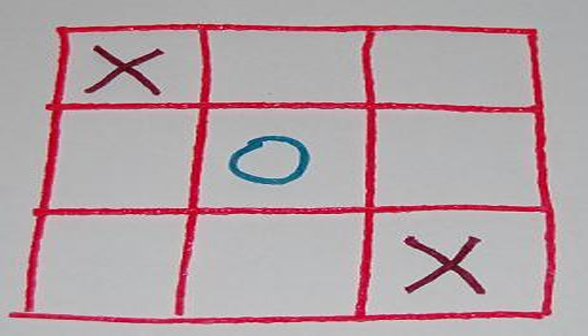
The goal of this lesson is that the student will be able to identify the five part-word EBAE (English Braille American Edition) contractions that are not used in UEB (Unified English Braille):
UEB Lesson 2: Eliminated EBAE Part Word Contractions No longer Used in UEB
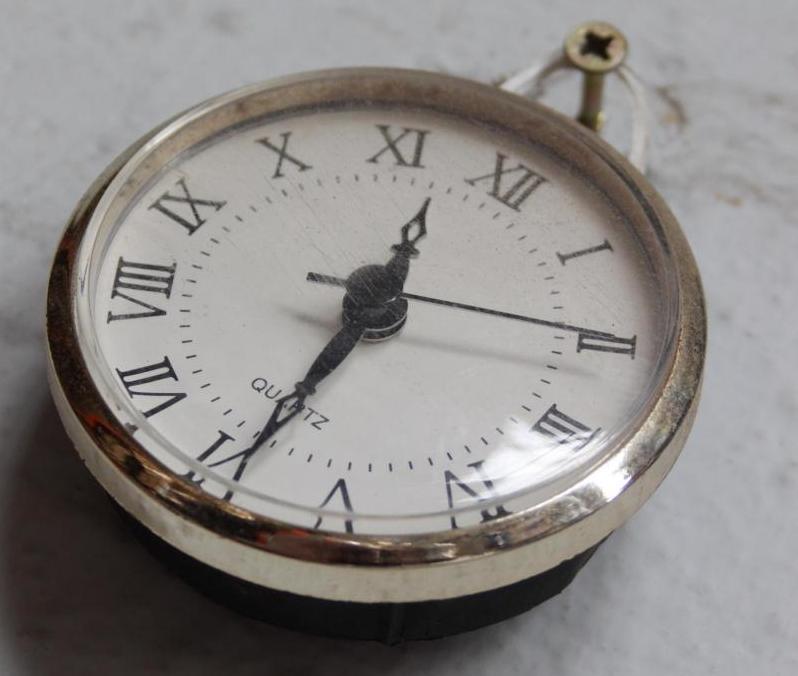
The goal of this lesson is that the student will be able to identify the four part-word EBAE (English Braille American Edition) contractions below that are not used in UEB (Unified English Braille).
UEB Lesson 3: New Spacing in UEB
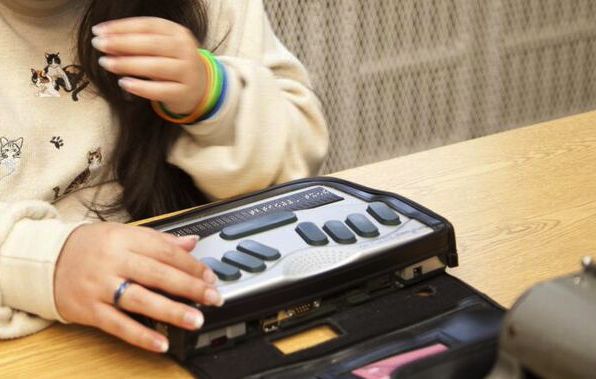
The goal of this lesson is that the student will be able to use spacing between words in UEB (Unified English Braille) that were previously joined together in EBAE (English Braille American Edition) :
UEB Lesson 4: Typeform Indicators Used in UEB
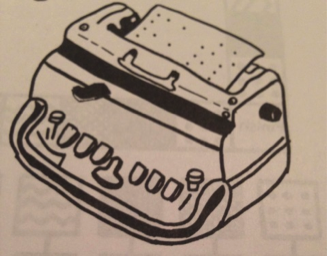
The goal of this lesson is that the student will be able to identify typeform indicators used in UEB: Italics, Underline, Bold.
UEB Lesson 5: Punctuation Used in UEB
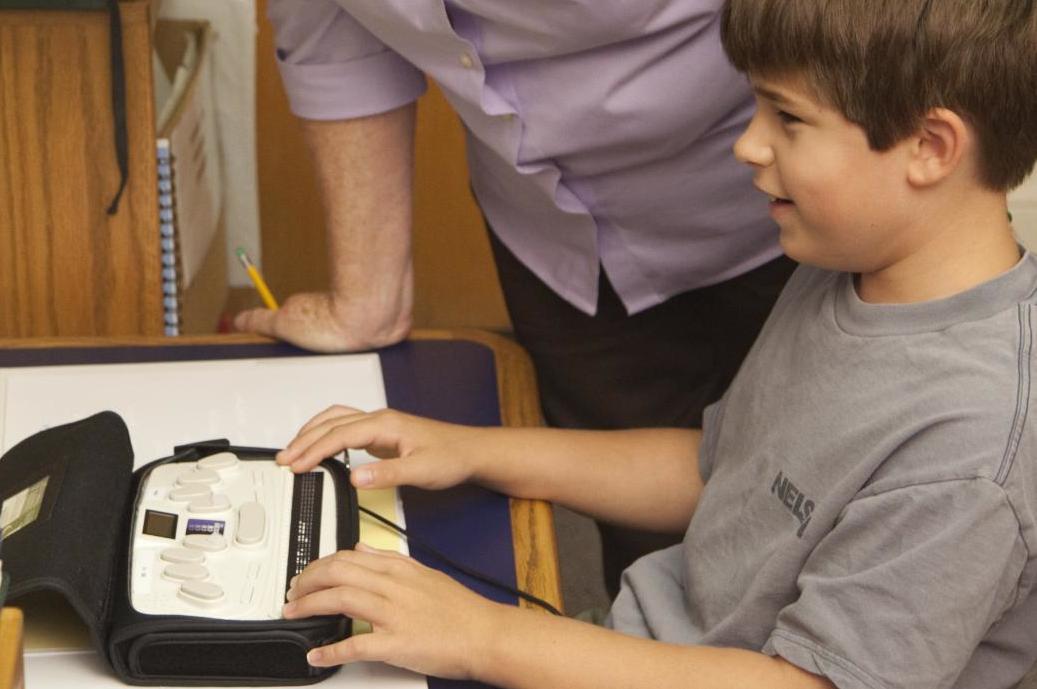
The goal of this lesson is that the student will be able to identify punctuation used in the UEB code.
UEB Lesson 6: Miscellaneous Symbols

The goal of this lesson is that the student will be able to identify common miscellaneous symbols in UEB. (These are symbols commonly found in general, academic, and technical reading materials.)
UEB Lesson 7: Period, Decimal and Dot Used in UEB

The goal of this lesson is that the student will be able to identify the dot combination for the period, decimal and dot that is now used in the UEB code.
UEB Lesson 8: Capitalization Used in UEB
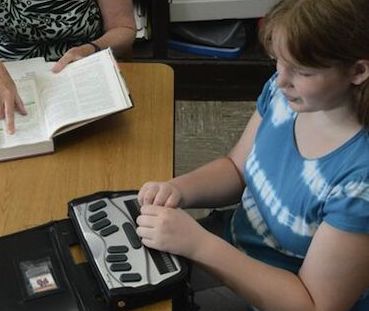
The goal of this lesson is that the student will be able to identify capitalization indicators that are now used in the UEB code.
UEB Lesson 9: Grade 1 Symbol Indicator used in UEB

The goal of this lesson is that the student will be able to identify the grade 1 symbol indicator that is now used in the UEB code.
UEB Lesson 10: Computer Notation used in UEB
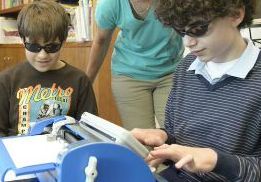
The goal of this lesson is that the student will be able to identify computer notation that is now used in the UEB code.


